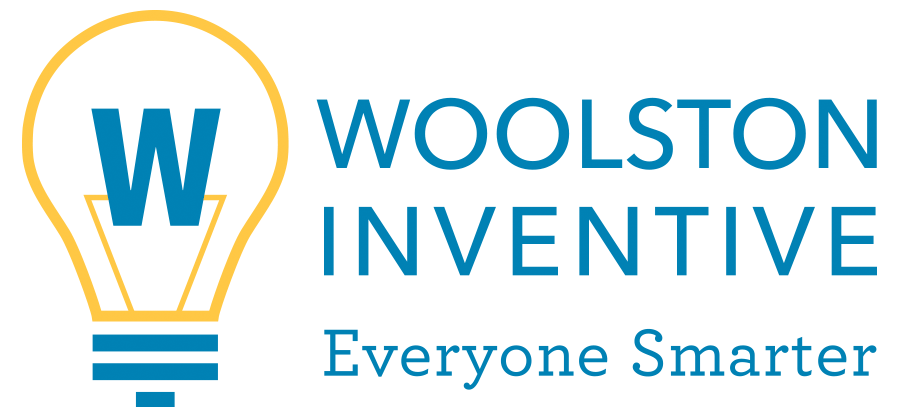Motivation v. Methodology
- pjwoolston
- Jan 10
- 2 min read
So much of our effort in marketing is spent trying to influence behavior toward engagement or purchase that we can sometimes neglect to consider how to motivate them, not just in a transactional sense but in an inspirational sense. It’s not that we do not consider their motivation, we actually weigh this very carefully and it is that consideration that often drives the decisions we make about how to attract their interest. Rather, we rarely seek to influence beyond the next step, usually a purchase of some kind. In that sense our work is only “motivational” in the strictest sense of the definition. It promotes only the next step and nothing beyond because our marketing methodology is focused on us rather than on our audience.

It is important to make a distinction here between marketing methodology, or the specific methods or techniques or campaigns we use at any given time, and marketing strategy, or the overall governing approach to how we reach our audience. Obviously the most effective strategies will incorporate a wide variety of distinct methodologies and take advantage of different methodologies as separate elements in order to reach or appeal to different parts of our audience at different times.
The obvious handicap is that our audiences are often not initially motivated, or at least not motivated to engage with us specifically. Why is that? They do not yet know about us, they do not care enough about the challenge, and they have so many options. In other words, they have no investment, emotional commitment, or long-term interest in a relationship with us.
So what do we do about that? We work to engage our audience by motivating them. Consider synonyms for “motivating” them: inspiring them, educating them, entertaining them. When we work to understand exactly why they might be a good prospect to begin with, we better understand how we can engage with them more effectively. This is different from the all-too-common technique of blunt-force exposure: putting our brand in front of them constantly, pervasive digital advertising, billboard and ads, etc. This is instead a concerted effort to engage with them in a meaningful way, that is, a way that is meaningful to them. We are seeking a way that clarifies how they are considering the problem they have that you can solve even if they do not realize yet that they have this problem. In other words, we make them smarter! (This is consistent with the Woolston Inventive modus operandi.)
This shifts the focus of our efforts from our various methodologies or how we reach them to the motivation of our audience. What is immediately evident is how much inherently less selfish this is in the truest sense of the word: We shift from focusing on us to focusing on them, which will always be evident to them and will always serve us better. The results are more authentic engagement, more extensive and more profitable contracts, longer-term relationships, and more satisfied customers. These are the dream goals of every marketing effort! Your target, now your client, or even better your partner, will value the specific relationship they have with you and your offering because you have not just motivated them but inspired them.



